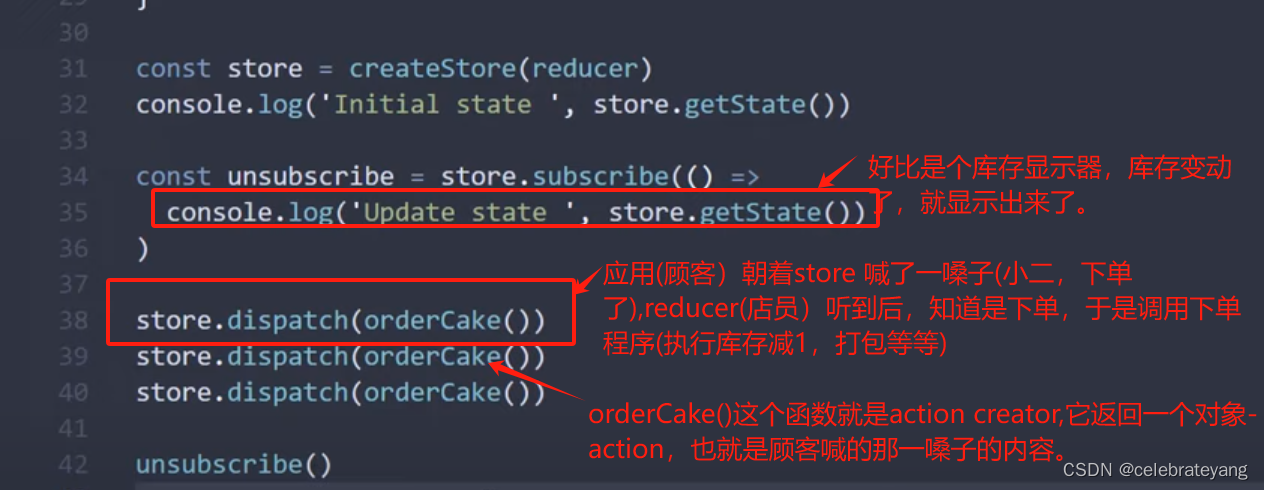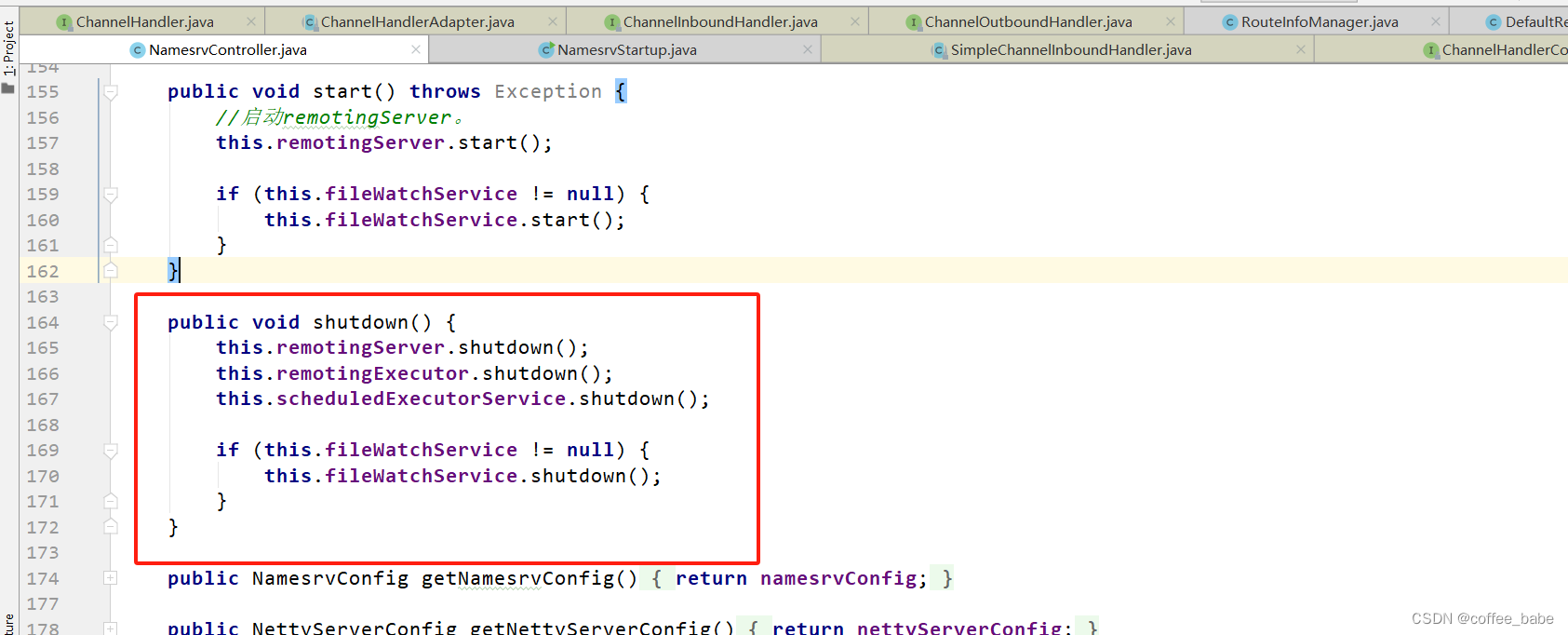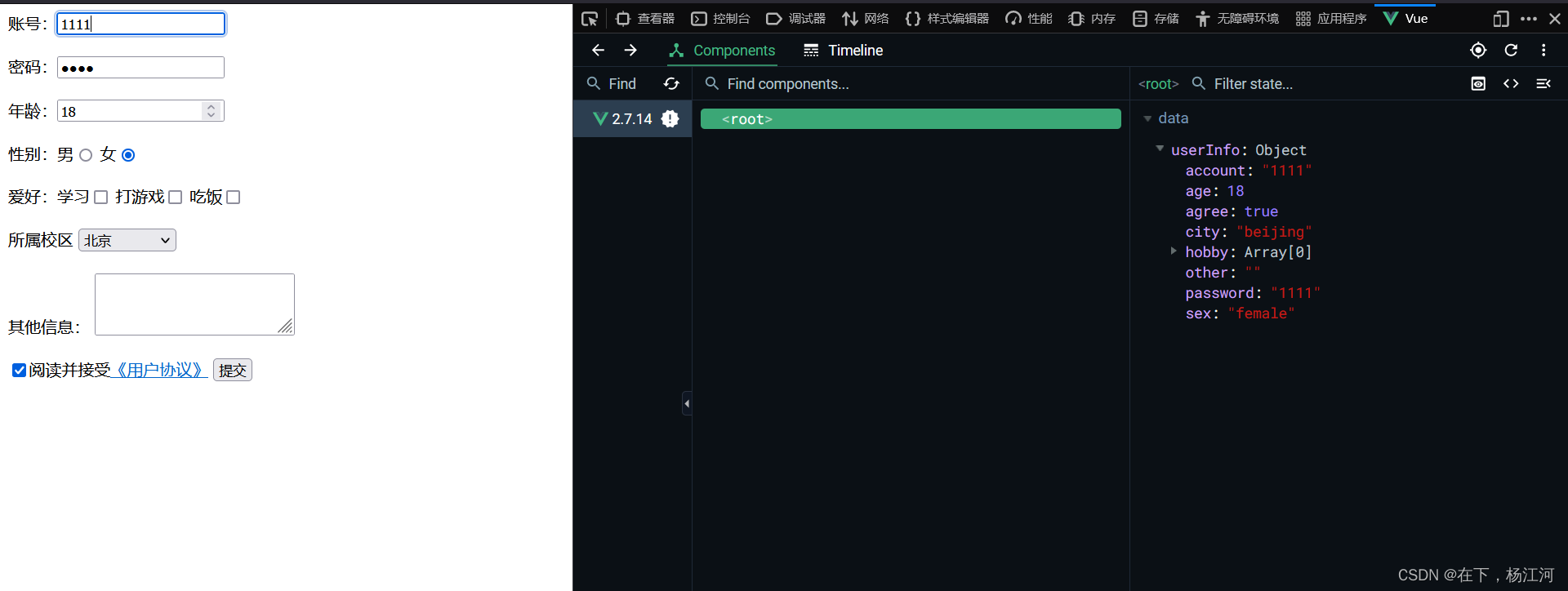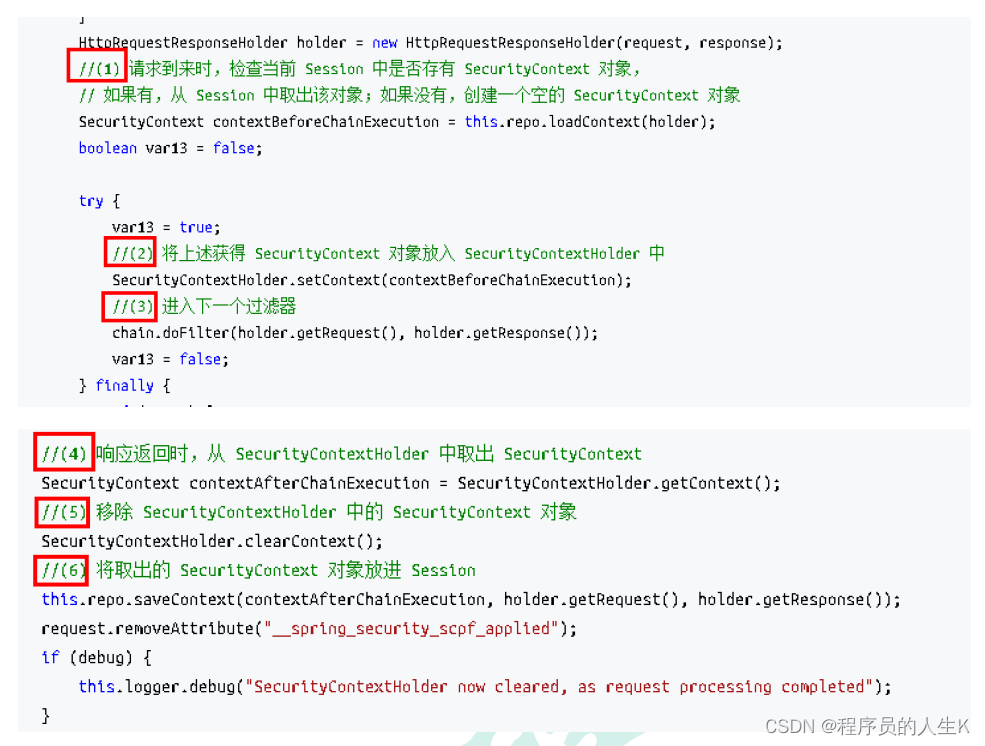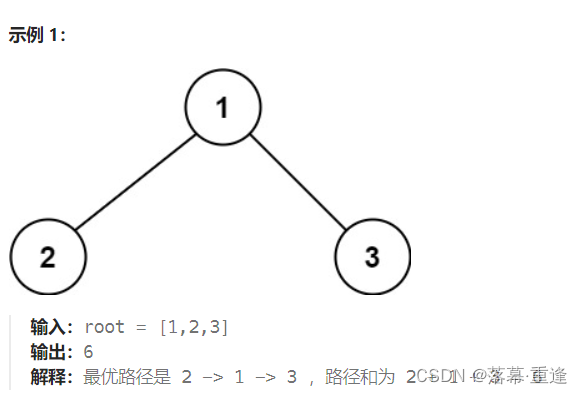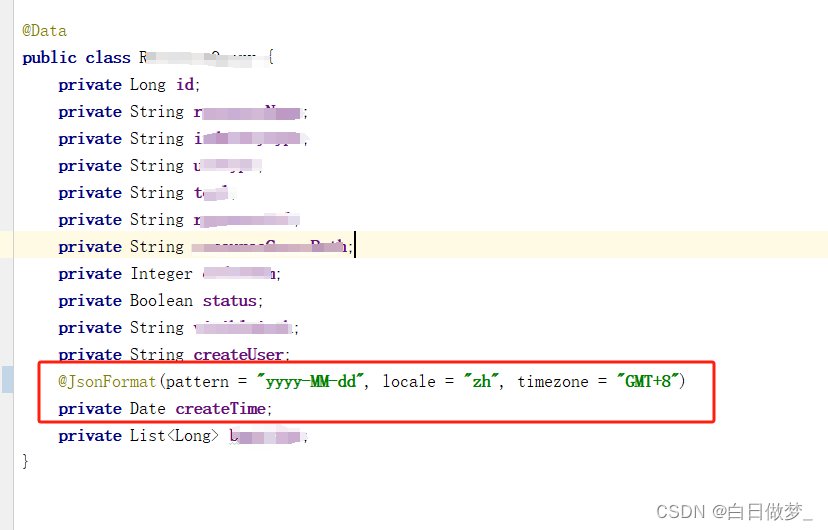序言
大家好,我是老马。
前面我们学习了 web 安全之 Spring Security 入门教程
这次我们来一起学习下另一款 java 安全框架 shiro。
什么是Apache Shiro?
Apache Shiro是一个功能强大且易于使用的Java安全框架,它为开发人员提供了一种直观而全面的解决方案,用于身份验证,授权,加密和会话管理。
实际上,它可以管理应用程序安全性的所有方面,同时尽可能避免干扰。它建立在可靠的界面驱动设计和OO原则的基础上,可在您可以想象的任何地方实现自定义行为。
但是,只要对所有内容都使用合理的默认值,就可以像应用程序安全性一样“轻松”。至少这就是我们所追求的。
Apache Shiro可以做什么?
很多,但是我们不想夸大快速入门。
如果您想了解其功能,请查看我们的功能页面。另外,如果您对我们的起步方式以及我们为什么存在感到好奇,请参阅Shiro历史和任务页面。
好。现在让我们实际做些事情!
Shiro可以在任何环境中运行,从最简单的命令行应用程序到最大的企业Web和集群应用程序,但是对于此QuickStart,我们将在简单的main方法中使用最简单的示例,以便您对 API 有点感觉。
快速开始
官方的例子是让下载源文件,老马是直接从 github 下载的 mater 源码。
我们把核心的地方直接贴出来即可。
maven 依赖
最基础的 shiro 演示,只需要引入下面的依赖即可。
<dependency>
<groupId>org.apache.shiro</groupId>
<artifactId>shiro-core</artifactId>
<version>1.2.2</version>
</dependency>
入门例子
内容看起来很多,主要是因为有很多注释,实际上还是比较简单的。
import org.apache.shiro.SecurityUtils;
import org.apache.shiro.authc.*;
import org.apache.shiro.config.IniSecurityManagerFactory;
import org.apache.shiro.mgt.SecurityManager;
import org.apache.shiro.session.Session;
import org.apache.shiro.subject.Subject;
import org.apache.shiro.util.Factory;
import org.slf4j.Logger;
import org.slf4j.LoggerFactory;
/**
* Simple Quickstart application showing how to use Shiro's API.
*
* @since 0.9 RC2
*/
public class Quickstart {
private static final transient Logger log = LoggerFactory.getLogger(Quickstart.class);
public static void main(String[] args) {
// The easiest way to create a Shiro SecurityManager with configured
// realms, users, roles and permissions is to use the simple INI config.
// We'll do that by using a factory that can ingest a .ini file and
// return a SecurityManager instance:
// Use the shiro.ini file at the root of the classpath
// (file: and url: prefixes load from files and urls respectively):
Factory<SecurityManager> factory = new IniSecurityManagerFactory("classpath:shiro.ini");
SecurityManager securityManager = factory.getInstance();
// for this simple example quickstart, make the SecurityManager
// accessible as a JVM singleton. Most applications wouldn't do this
// and instead rely on their container configuration or web.xml for
// webapps. That is outside the scope of this simple quickstart, so
// we'll just do the bare minimum so you can continue to get a feel
// for things.
SecurityUtils.setSecurityManager(securityManager);
// Now that a simple Shiro environment is set up, let's see what you can do:
// get the currently executing user:
Subject currentUser = SecurityUtils.getSubject();
// Do some stuff with a Session (no need for a web or EJB container!!!)
Session session = currentUser.getSession();
session.setAttribute("someKey", "aValue");
String value = (String) session.getAttribute("someKey");
if (value.equals("aValue")) {
log.info("Retrieved the correct value! [" + value + "]");
}
// let's login the current user so we can check against roles and permissions:
if (!currentUser.isAuthenticated()) {
UsernamePasswordToken token = new UsernamePasswordToken("lonestarr", "vespa");
token.setRememberMe(true);
try {
currentUser.login(token);
} catch (UnknownAccountException uae) {
log.info("There is no user with username of " + token.getPrincipal());
} catch (IncorrectCredentialsException ice) {
log.info("Password for account " + token.getPrincipal() + " was incorrect!");
} catch (LockedAccountException lae) {
log.info("The account for username " + token.getPrincipal() + " is locked. " +
"Please contact your administrator to unlock it.");
}
// ... catch more exceptions here (maybe custom ones specific to your application?
catch (AuthenticationException ae) {
//unexpected condition? error?
}
}
//say who they are:
//print their identifying principal (in this case, a username):
log.info("User [" + currentUser.getPrincipal() + "] logged in successfully.");
//test a role:
if (currentUser.hasRole("schwartz")) {
log.info("May the Schwartz be with you!");
} else {
log.info("Hello, mere mortal.");
}
//test a typed permission (not instance-level)
if (currentUser.isPermitted("lightsaber:wield")) {
log.info("You may use a lightsaber ring. Use it wisely.");
} else {
log.info("Sorry, lightsaber rings are for schwartz masters only.");
}
//a (very powerful) Instance Level permission:
if (currentUser.isPermitted("winnebago:drive:eagle5")) {
log.info("You are permitted to 'drive' the winnebago with license plate (id) 'eagle5'. " +
"Here are the keys - have fun!");
} else {
log.info("Sorry, you aren't allowed to drive the 'eagle5' winnebago!");
}
//all done - log out!
currentUser.logout();
System.exit(0);
}
}
代码分析
下面我们针对这段代码做一下简单的分析。
构建安全管理器
核心代码如下:
Factory<SecurityManager> factory = new IniSecurityManagerFactory("classpath:shiro.ini");
SecurityManager securityManager = factory.getInstance();
实际上就是通过 shiro.ini 文件中的配置,来创建一个 SecurityManager 实例。
然后通过 SecurityUtils.setSecurityManager(securityManager); 设置对应的安全管理器。
shiro.ini 的内容如下:
[users]
# user 'root' with password 'secret' and the 'admin' role
root = secret, admin
# user 'guest' with the password 'guest' and the 'guest' role
guest = guest, guest
# user 'presidentskroob' with password '12345' ("That's the same combination on
# my luggage!!!" ;)), and role 'president'
presidentskroob = 12345, president
# user 'darkhelmet' with password 'ludicrousspeed' and roles 'darklord' and 'schwartz'
darkhelmet = ludicrousspeed, darklord, schwartz
# user 'lonestarr' with password 'vespa' and roles 'goodguy' and 'schwartz'
lonestarr = vespa, goodguy, schwartz
# -----------------------------------------------------------------------------
# Roles with assigned permissions
#
# Each line conforms to the format defined in the
# org.apache.shiro.realm.text.TextConfigurationRealm#setRoleDefinitions JavaDoc
# -----------------------------------------------------------------------------
[roles]
# 'admin' role has all permissions, indicated by the wildcard '*'
admin = *
# The 'schwartz' role can do anything (*) with any lightsaber:
schwartz = lightsaber:*
# The 'goodguy' role is allowed to 'drive' (action) the winnebago (type) with
# license plate 'eagle5' (instance specific id)
goodguy = winnebago:drive:eagle5
当前主题
主题是一个相对更大的概念,我们也可以简单的理解为当前用户。
Subject currentUser = SecurityUtils.getSubject();
这个工具方法,实际上是通过 ThreadLocal 维护了当前的用户信息,如果不存在,会创建默认的主题信息。
当获取到当前用户之后,我们就可以进行相关的操作了。
session 操作
写过 web 的同学对 HttpSession 肯定非常熟悉。
shiro 设计非常巧妙的一点,就是有一套独立的 session API,让 session 的管理脱离 web 也可以使用,这是非常棒的设计。
Session session = currentUser.getSession();
session.setAttribute("someKey", "aValue");
String value = (String) session.getAttribute("someKey");
if (value.equals("aValue")) {
log.info("Retrieved the correct value! [" + value + "]");
}
我们设置对应的值,并且取出来进行判断。
此时日志也会输出:
2020-12-27 18:59:47,288 INFO [Quickstart] - Retrieved the correct value! [aValue]
用户登录
我们在设计 web 应用的时候,最关心的肯定还是用户的角色权限等信息。
我们前面的 currentUser 就代表这当前的用户,当然默认用户实际上是匿名的。
需要我们进行一次登录:
if (!currentUser.isAuthenticated()) {
UsernamePasswordToken token = new UsernamePasswordToken("lonestarr", "vespa");
token.setRememberMe(true);
try {
currentUser.login(token);
} catch (UnknownAccountException uae) {
// 省略后续的各种异常
}
}
这个登录的账户密码,是前面我们配置在 shiro.ini 文件中的:
# user 'lonestarr' with password 'vespa' and roles 'goodguy' and 'schwartz'
lonestarr = vespa, goodguy, schwartz
当然,这里的 shiro 提供的异常是非常详细的,这可以方便我们更好的定位问题。
但是当用户登录的时候,我们提示应该避免这么详细,为什么呢?
主要是避免有用户恶意撞库,提示一般都是【用户名或者密码错误】。不让恶意用户知道对应的用户名信息。
登录成功之后,可以输出对应的用户名信息:
log.info("User [" + currentUser.getPrincipal() + "] logged in successfully.");
对应的日志如下:
2020-12-27 18:59:47,289 INFO [Quickstart] - User [lonestarr] logged in successfully.
权限校验
用户成功登陆之后,我们就可以获取到用户 lonestarr 对应的角色 goodguy 和 schwartz。
这样,就可以判断当前用户是否有具体的权限,比如菜单权限,操作权限等。这也是我们一般最常用的功能。
测试角色
测试当前用户是否拥有指定的角色:
if (currentUser.hasRole("schwartz")) {
log.info("May the Schwartz be with you!");
} else {
log.info("Hello, mere mortal.");
}
日志如下:
2020-12-27 18:59:47,290 INFO [Quickstart] - May the Schwartz be with you!
测试权限
测试当前用户是否拥有指定的权限:
if (currentUser.isPermitted("lightsaber:wield")) {
log.info("You may use a lightsaber ring. Use it wisely.");
} else {
log.info("Sorry, lightsaber rings are for schwartz masters only.");
}
我们在 shiro.ini 中配置了对应的操作权限:
# The 'schwartz' role can do anything (*) with any lightsaber:
schwartz = lightsaber:*
所以可以针对 lightsaber 为所欲为~
日志如下:
2020-12-27 18:59:47,290 INFO [Quickstart] - You may use a lightsaber ring. Use it wisely.
另外一个方法也是类似的,此处不再赘述。
用户登出
当我们全部操作完成以后,可以执行用户的登出操作。
//all done - log out!
currentUser.logout();
小结
shiro 设计的非常简洁,功能也非常的强大,可以满足我们大部分权限开发功能。
个人感觉这个框架肯定是有多年登录经验的大佬设计的,api 和背后的理念非常值得学习。
当然这里作为入门的例子,整体比较简单。我们日常开发一般都是使用数据库进行账户信息持久化,密码也会进行对应的加密处理。
这些 shiro 都已经考虑到了,我们后续会进行讲解。
希望本文对你有所帮助,如果喜欢,欢迎点赞收藏转发一波。
我是老马,期待与你的下次相遇。
参考资料
10 Minute Tutorial on Apache Shiro






